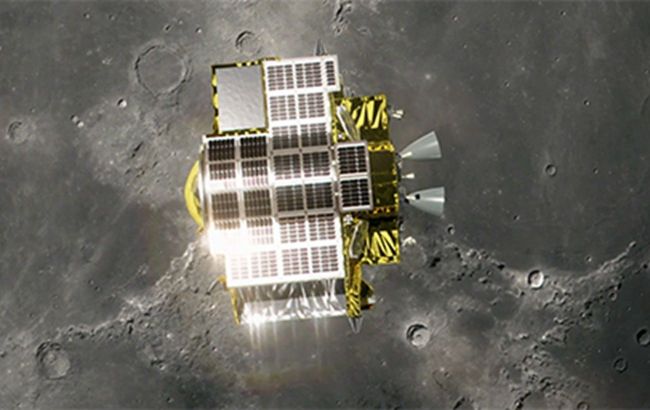Japan's SLIM lunar craft faces power shortage after successful Moon landing
 Photo: Japanese SLIM moon craft on the Moon (isas.jaxa.jp)
Photo: Japanese SLIM moon craft on the Moon (isas.jaxa.jp)
On the Japanese lunar spacecraft Smart Lander for Investigating Moon (SLIM), which successfully landed on the Moon's surface today, a solar panel malfunctioned. This has led to problems in generating electrical power, according to the Japanese Aerospace Exploration Agency (JAXA) and Reuters.
It is noted that after landing on the satellite's surface, the solar panels of the spacecraft likely turned out to be positioned at an incorrect angle.
This resulted in the inability to generate electricity, which powers the battery and onboard systems accordingly.
Hitoshi Kuninaka, the head of the JAXA research center, announced at a press conference on Friday, January 19, that a priority was given to transmitting data from SLIM to our planet since the probe relied solely on its battery, which is sufficient for "a few hours."
The Japanese agency also added that they would not resort to "risky actions" and hope that a change in the angle of sunlight could hit the panels in a way that restores their operation.
"It takes 30 days for the solar angle to change on the moon," Kuninaka said. "So when the solar direction changes, and the light shines from a different direction, the light could end up hitting the solar cell," Kuninaka explained.
NASA's Deep Space Network data showed that the signal from SLIM was lost, but it was unclear whether this was related to the energy-saving measures.
Landing of the Japanese SLIM spacecraft on the Moon
Earlier today, on January 19, the Japanese Aerospace Exploration Agency announced the successful landing of the SLIM module on the lunar surface. This occurred at approximately 17:20 Kyiv time.
The spacecraft module was launched back in September 2023.
The current successful mission has made Japan the fifth country to land on the Moon, joining others such as the Soviet Union, the United States, China, and India, which successfully conducted the Chandrayaan-3 mission last year.

